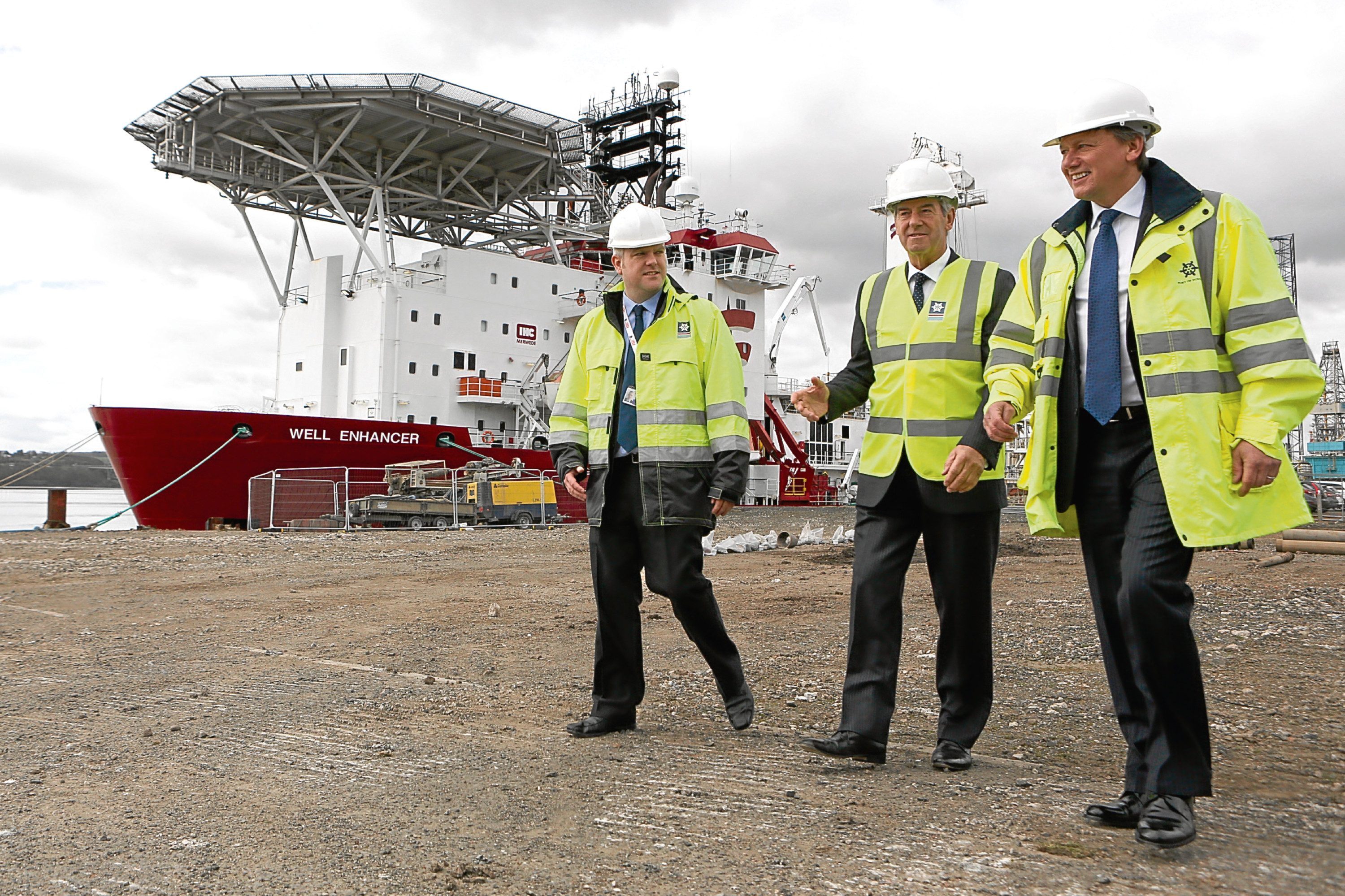Securing further renewables work and enhancing Dundee’s position in the North Sea oil and gas market have been named as key objectives by Forth Ports.
Newly published accounts for the Leith-based group show the company saw a 4.4% decline in revenues to £202.9 million in the year to December 31.
Group operating profit was also £8.3m lower at £96.7m, although exceptional items and revaluations meant the company posted a final pre-tax profit of £87m, a significant rise on 2014’s £73.9m outcome.
The company is a multi-modal port owner and operator with eight commercial hubs in Scotland and England offering a range of services.
Aside from the London Container Terminal (LCT) at Tilbury, Forth Ports business is concentrated on Scotland’s east coast through operations at Leith, Grangemouth, Rosyth, Methil, Burntisland, Kirkcaldy and Dundee.
In his strategic report to the accounts, finance director Stuart Paterson said strong marine revenues had helped offset a more challenged performance in the Tilbury container business.
“The principal reasons for the decline were continued pressure on volumes and pricing at London Container Terminal (Tilbury) Limited where revenues were impacted by the full year effect of the loss of two major deep sea customers in 2014, together with the fact that the 2014 results included £4.7m of revenues related to the sale of property,” Mr Paterson said.
“Partially offsetting the decline at LCT, there were good performances at Forth ports Limited where marine activities in particular were well up on 2014, together with another year of strong growth from the Port of Tilbury London Limited.
“Gross profit before exceptional items and revaluations was £95.5m, up £6.1m or 6.8% on 2014.
“This was as a result of increased profitability of the core port and marine operations.”
In the accounts, the company set out 14 future development priorities for the business including establishing Grangemouth as Scotland’s leading waste export facility and increasing collaboration between Dundee and Leith to support North Sea activities.
The group stated it was also keen to leverage its £10m investment in new dock facilities at Dundee by attracting further offshore renewables work and securing decommissioning of oil and gas assets on the UK Continental Shelf.
The accounts show the company – which is wholly owned by Otter Ports Limited and controlled by Arcus European Infrastructure Fund – directly supported an average of 1,071 jobs throughout 2015.
